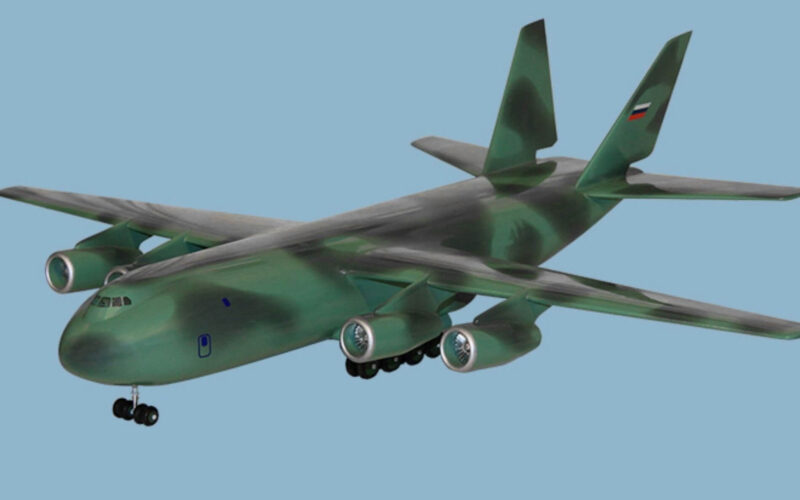The Defence ministry of the Russian Federation has reportedly approved the specifications of the new military cargo plane set to replace its aging An-124 and An-22 fleet.
According to the insider information obtained by Izvestia, the new aircraft, designated PAK VTA, should have a maximum payload of no less than 80,000 kilograms and a range of 5,000 kilometers. Its cargo bay length will be over 27.5 meters, with a width of 5.8 meters and a height of 4.4 meters.
These specifications are very similar to the An-22 turboprop, with an exception of cruising speed, which is said to be over 850 kilometers per hour.
Previous plans, unveiled by the ministry during the MAKS Air Show in 2017, depicted PAK VTA as having a blended wing body, partially electric propulsion system, and being able to carry a payload of 180,000 kilograms as far as 5,000 kilometers. The latest set of specifications, therefore, signify a serious scale-down of the project.
The current project is said to be based on the M-60, a family of oval-body designs proposed for passenger and military planes. M-60VT and M-60VTM military transport projects had very similar specifications to the ones approved by the Defence ministry. The only difference was found in their engine placement: M-60 VT had conventional four engines under the wings, while M-60 VTM was supposed to have two massive engines mounted on the rear of the fuselage between the tail fins.
The new project will most likely have the layout of M-60VT, as four engines with maximum thrust levels of between 20,000-25,000 kgf were proposed. The UAC-developed PF-35 jet engine, the same engine that is supposed to power the Russian-Chinese made CRAIC CR929 airliner, is considered as the prime candidate to power the PAK-VTA.
The plane is being developed by the Ilyushin Aviaion Complex. It is currently in the research phase, which is set to end in December 2020. Ilyushin aims to begin the development of the aircraft in 2021.

